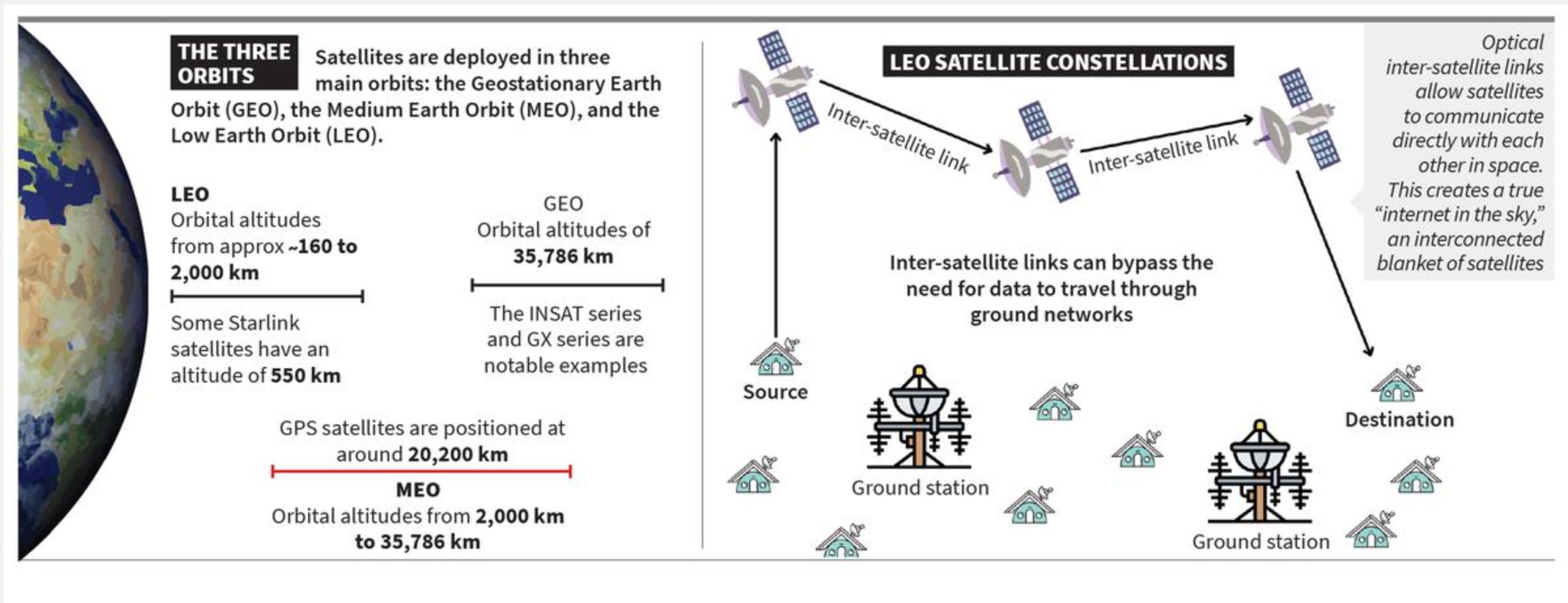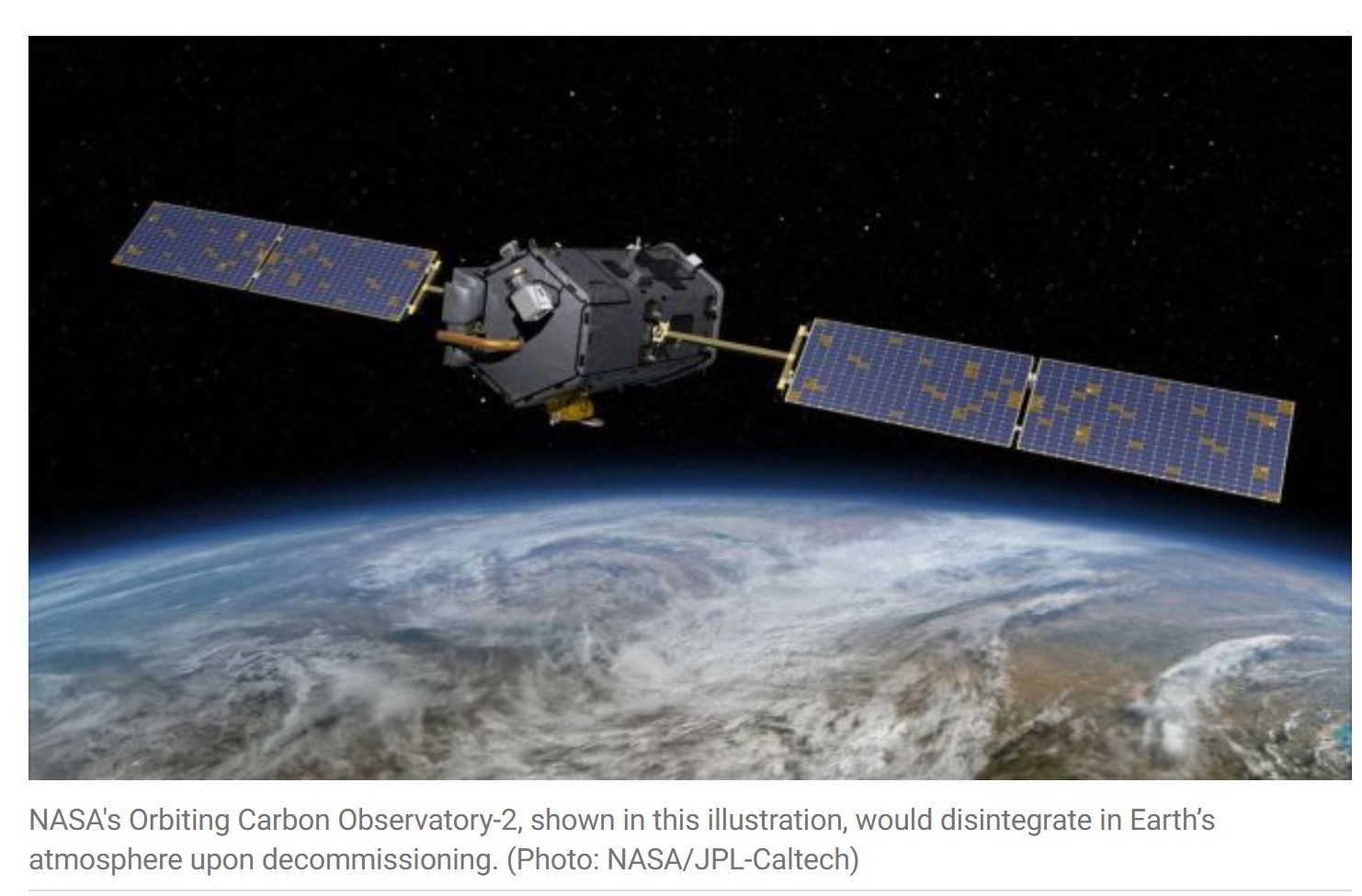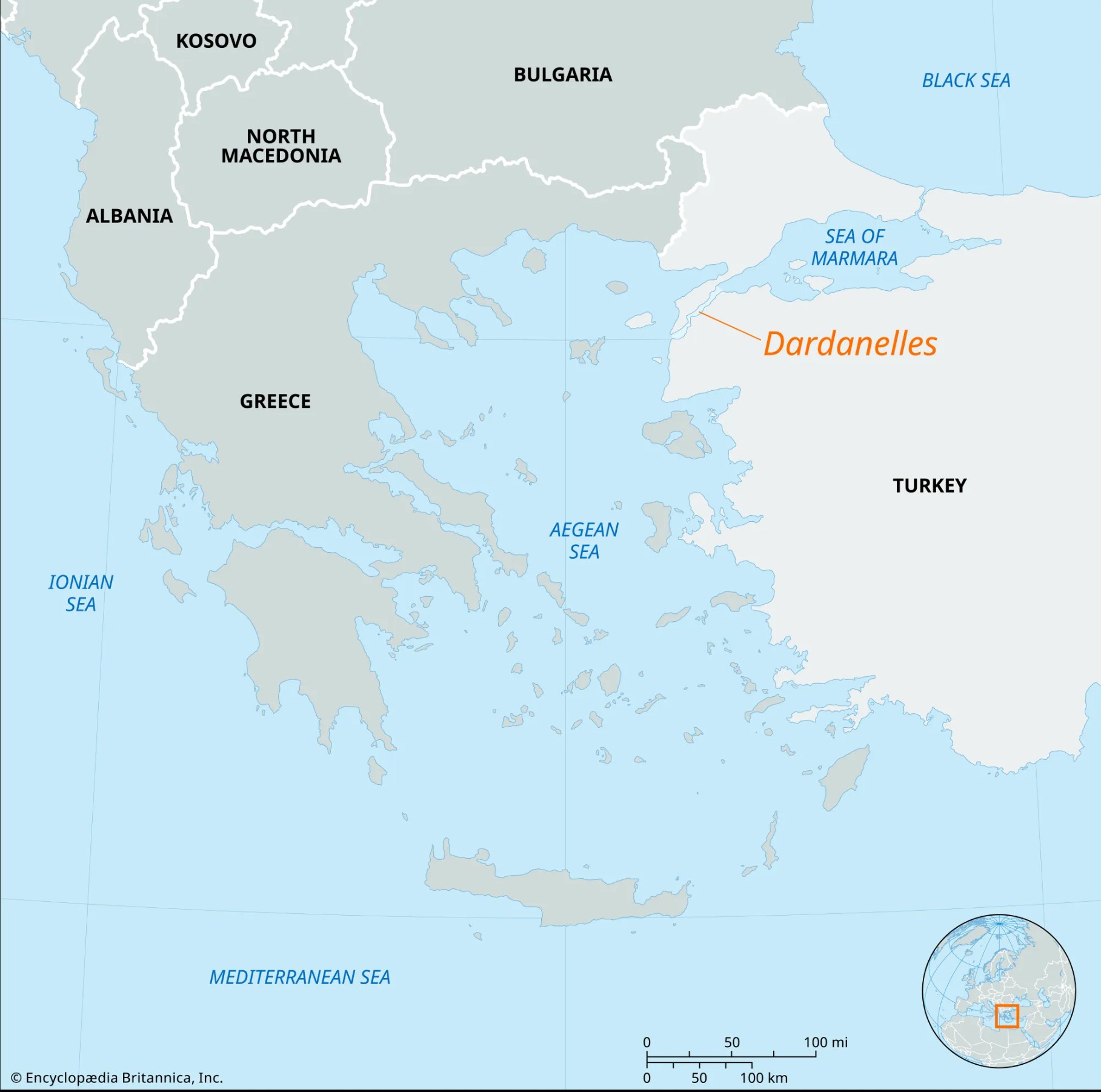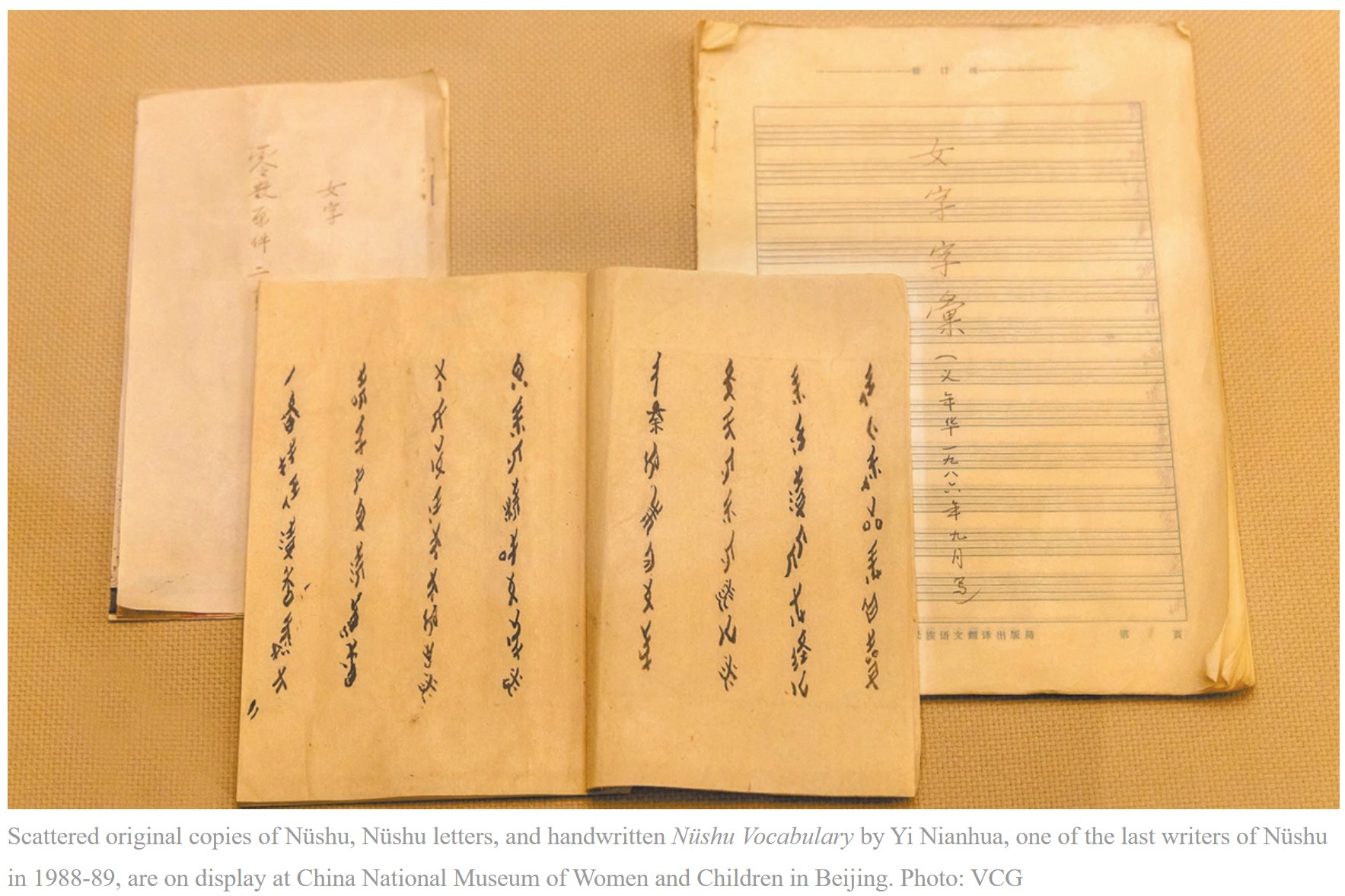Satellite Internet

- 17 Aug 2025
In News:
The advent of satellite internet, spearheaded by mega-constellations like Elon Musk’s Starlink, is set to transform global connectivity. With Starlink’s expected entry into India, this technology carries vast implications for bridging the digital divide, disaster resilience, national security, and economic development.
Why Satellite Internet?
Conventional internet networks rely on cables and towers, which are efficient in urban areas but face limitations:
- Economically unviable in sparsely populated or remote regions.
- Vulnerable to disruptions from floods, earthquakes, or cyclones.
- Restricted mobility, failing to meet connectivity needs for ships, aircraft, or defence units in rugged terrains.
Satellite internet addresses these gaps by providing global, resilient, and mobile coverage, independent of terrestrial infrastructure. It can be rapidly deployed in emergencies and enables connectivity in conflict zones or offshore locations.
How Satellite Internet Works
A satellite internet network has two key segments:
- Space Segment: Satellites orbiting Earth, carrying communication payloads (antennas, transponders, onboard processors).
- Ground Segment: User terminals, antennas, and ground stations that link devices to satellites.
Data flow: When a user sends a request, the signal goes to the satellite → routed to a ground station connected to the internet backbone → response sent back via satellite to the user.
Seamless handover: Especially in Low Earth Orbit (LEO), satellites move fast (~27,000 km/hr) and stay over a region only for minutes. Smart handovers between satellites ensure uninterrupted connectivity.
Types of Orbits
|
Orbit Type |
Altitude |
Advantages |
Limitations |
Example |
|
Geostationary Earth Orbit (GEO) |
~35,786 km |
Covers ~? of Earth; stable position |
High latency, no polar coverage |
Viasat Global Xpress |
|
Medium Earth Orbit (MEO) |
2,000–35,786 km |
Balanced coverage & latency |
Needs constellations; still moderate latency |
O3b Network |
|
Low Earth Orbit (LEO) |
<2,000 km |
Very low latency; smaller, cheaper satellites |
Small footprint; requires mega-constellations |
Starlink (7,000+ satellites, plans for 42,000) |
Key Features of Satellite Internet
- Global Coverage: Works across oceans, mountains, deserts, and polar regions.
- Dual-use Technology: Supports both civilian services and military operations.
- Rapid Deployment: Can be activated within hours during emergencies.
- Network Resilience: Independent of local telecom infrastructure.
- Mega-Constellations: Thousands of interconnected satellites with optical inter-satellite links create an “internet in the sky,” reducing reliance on ground stations.
Applications
- Civilian: Expands broadband to rural and island communities, supports e-governance, smart farming, education, and environmental monitoring.
- Disaster Management: Provides resilient connectivity after cyclones, floods, or earthquakes (e.g., Hurricane Harvey, 2017).
- Defence & Security: Ensures battlefield communication, drone operations, and secure links in high-altitude zones (e.g., Indian Army at Siachen, Ukraine’s defence using Starlink).
- Transport: Improves aviation, shipping, and autonomous vehicle navigation.
- Healthcare: Enables telemedicine and remote patient monitoring.
- Space Economy: Strengthens global trade, logistics, and exploration.
Orbiting Carbon Observatories (OCO)Program

- 17 Aug 2025
In News:
The Trump administration has proposed terminating NASA’s Orbiting Carbon Observatories (OCO) program, a key initiative monitoring global carbon dioxide (CO?) emissions and plant health. The move, part of the 2026 federal budget, has triggered concerns among scientists and lawmakers given its implications for climate monitoring and policy.
About the Orbiting Carbon Observatories (OCO) Program
- Objective: Dedicated Earth remote-sensing satellites designed to observe atmospheric CO? and study its role in climate change.
- Timeline:
- OCO-1 (2009): Failed shortly after launch.
- OCO-2 (2014): Successfully launched, providing high-precision global CO? data.
- OCO-3 (2019): Installed on the International Space Station (ISS) to enhance observations.
- Significance:
- Produced high-resolution maps of plant growth, drought stress, and carbon fluxes.
- Helped discover that the Amazon rainforest emits more CO? than it absorbs, while boreal forests in Canada and Russia are turning into unexpected carbon sinks.
- Tracked photosynthesis rates to forecast crop yields, drought conditions, and food shortages—data crucial for global food security and preventing civil unrest.
- Utilized by the US Department of Agriculture and private agricultural firms for crop yield predictions and rangeland management.
Reasons for Proposed Termination
- The administration claims the missions are “beyond their prime mission” and need to align with new budgetary priorities.
- Funding for OCO missions is excluded from the proposed 2026 budget.
International dimension:
-
- Scientists are exploring partnerships with Japan and Europe to keep OCO-3 operational on the ISS.
- Private or philanthropic funding is also being considered, though experts warn this is unsustainable.
Dardanelles Strait

- 17 Aug 2025
In News:
The Dardanelles Strait, a narrow but vital maritime passage in northwestern Turkey, was recently closed to shipping traffic after severe forest fires broke out near Çanakkale province. The incident highlights the strait’s enduring strategic, economic, and environmental importance.
Geographical Overview
- Length: 61 km; Width: 1.2–6.5 km.
- Depth: Average ~55 m, maximum ~90 m in central narrow sections.
- Location: Separates the Gallipoli Peninsula (Europe) from Anatolia (Asia), lying entirely within Turkey’s territorial waters.
- Connectivity: Links the Aegean Sea to the Sea of Marmara, and with the Bosphorus Strait, forms the Turkish Straits system, connecting the Mediterranean to the Black Sea.
- Hydrology: Two-way currents – surface flow from Marmara to the Aegean, undercurrent in the reverse direction.
- Ports: Major ones include Gallipoli, Eceabat, and Çanakkale.
Strategic and Economic Significance
- Maritime Trade: Nearly 46,000 vessels crossed the Dardanelles in 2024, underscoring its role as a global shipping artery between Europe and Asia.
- Chokepoint Status: Serves as a gateway to Istanbul and the Black Sea, shaping regional power dynamics.
- Fisheries: Rich in migratory fish species, supporting local economies.
- Geopolitical Role: Critical for Turkey’s strategic influence, NATO security, and Black Sea maritime routes.
Historical Importance
- Known in antiquity as the Hellespont.
- Greek mythology: Associated with the tale of Hero and Leander.
- Ancient campaigns: Xerxes I of Persia crossed via a pontoon bridge (480 BCE); Alexander the Great crossed during his conquest of Asia (334 BCE).
- Modern conflicts: Key battleground in World War I’s Gallipoli Campaign, where Allied forces attempted but failed to seize control.
Nüshu: Revival of the World’s Only Women’s Script

- 17 Aug 2025
In News:
Nüshu, literally meaning “women’s writing” in Chinese, is a unique script originating in the 17th century in Jiangyong, Hunan Province. Developed when women were excluded from formal education, it functioned as a private communication system among women through letters, embroidery, songs, and poetry. With around 500 core characters, it is the only known writing system in the world created and used exclusively by women.
Distinctive Features
- Form: Rhomboid, thread-like characters derived from traditional Chinese script; composed of dots, horizontals, virgules, and arcs.
- Medium of Use: Mothers taught daughters; used among sisters and friends. Content included folk songs, riddles, autobiographies, and translations of Chinese poems.
- Symbolism: Embodied sisterhood, resilience, and empowerment in a patriarchal society.
Historical Transformation and Conservation
- Decline: By the late 20th century, Nüshu faced near extinction with the death of its last native writers such as Yi Nianhua (1988–89).
- Revival Efforts: Since the 21st century, museums, training centers, and manuals have been established to preserve and promote Nüshu.
- National Recognition: Inscribed on China’s National Intangible Cultural Heritage list; efforts are ongoing for UNESCO recognition.
- Community Role: Women inheritors and enthusiasts continue to practice Nüshu as a cultural art form, while scholars study its historical and social value.
Technology and Modern Adaptation
- Digital Archiving: Unicode integration, high-resolution scans, and cloud storage aid global accessibility.
- AI Tools: Machine learning assists in translation and decoding.
- Global Outreach: Social media, e-courses, AR/VR exhibitions, and documentaries such as Hidden Letters have amplified its relevance.
- Cultural Integration: Featured in creative mediums—e.g., WeChat memes celebrating Chinese female athletes during the Paris 2024 Olympics—blending heritage with contemporary culture.
Social and Cultural Impact
- Women’s Empowerment: Nüshu fosters confidence, independence, and identity among modern women, especially Gen Z.
- Dialogue Across Genders: Increasing interest among men reflects its role as a bridge between genders, expanding from women’s private script to a shared cultural heritage.
- Economic Potential: Provides livelihood through digital art, tourism, crafts, and cultural exchanges.
Smooth-Coated Otters
- 17 Aug 2025
In News:
In a significant conservation development, the National Zoological Park (NZP), Delhi, has welcomed a pair of smooth-coated otters from the Shyamaprasad Mukherji Zoological Garden, Surat, marking the first such arrival in two decades. The last otter at the Delhi Zoo died in 2004. The transfer took place under a Central Zoo Authority (CZA)-approved exchange programme.
About Smooth-Coated Otters (Lutrogaleperspicillata)
- Taxonomy: The only extant member of the genus Lutrogale.
- Distribution: Found across India, southern and Southeast Asia, China, and Iraq (small population).
- Habitat: Freshwater wetlands, mangroves, peat swamps, forested rivers, lakes, rice paddies; capable of long overland movements.
- Features:
- Largest otter species in Southeast Asia.
- Smooth, short fur (brown dorsally, lighter ventrally) with water-repellent guard hairs.
- Social animals, hunt in groups, often using V-formations while fishing upstream.
- Threats:
- Habitat loss due to urbanization, agriculture, and pollution (fertilizers, pesticides).
- Poaching for fur and pet trade.
- Conservation Status: IUCN – Vulnerable.
